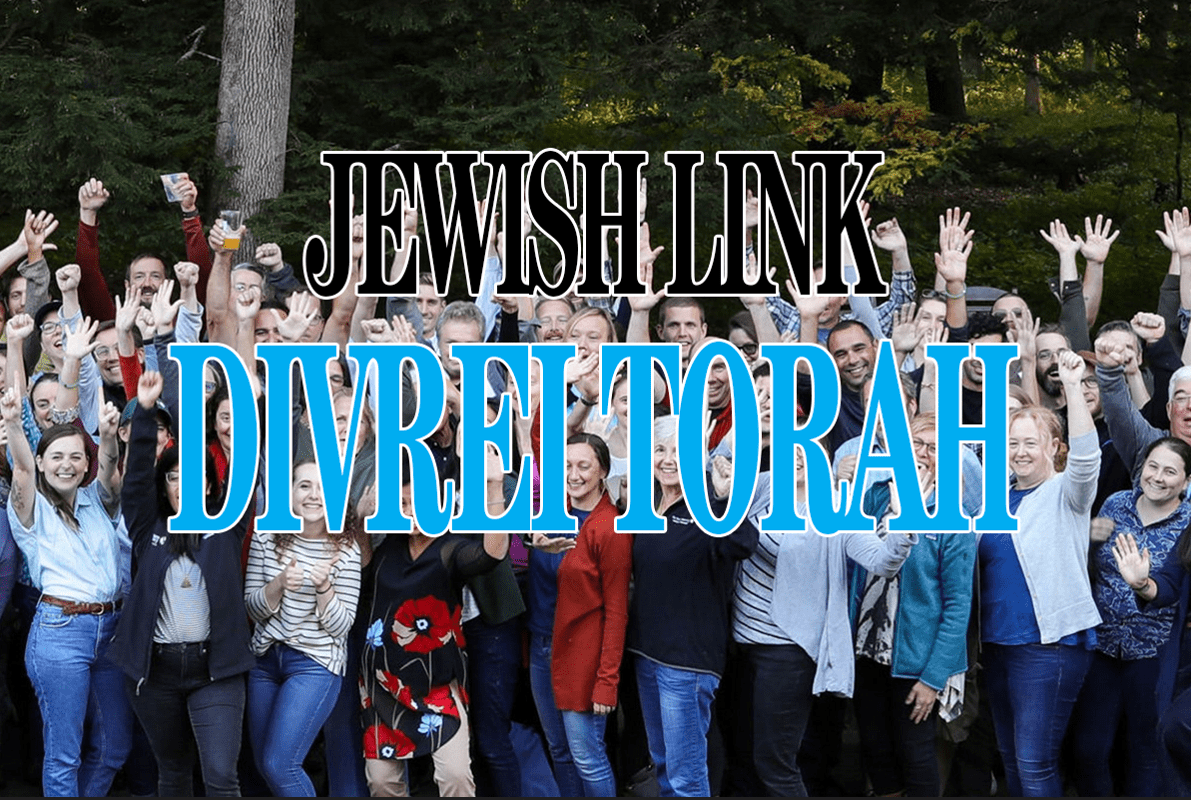So, when did “thing” become a thing?
Our expressions are constantly evolving, especially in our society of constant new and exciting technology where new words are frequently introduced to describe new apps and programs. But even within our everyday talk, especially among the younger generation, there’s new jargon that becomes part of our everyday speech. One of those phrases is “thing.”
When I was growing up, people spoke about “something,” and having “things,” and of course, Dr. Suess’s Cat in the Hat had “Thing 1” and “Thing 2.” But, people didn’t ask, “Is that a thing?,” “When did that become a thing?,” or “How is that even a thing?”
(In the Yeshiva world, bochurim often talk about “that Kav.” It’s the same as saying “thing” but in yeshivish talk…)
People used to talk about fads, rages, styles and trends. Now all of that is compacted into the word, “thing.”
I don’t remember when that way of talk began, but I’m pretty sure it was only in the twenty-first century. In our culture, being “a thing” has become the basic unit of cultural ontology. In 2012 there was a tremendous event in CitiField, known as the CitiField Asifa (gathering), to generate awareness about the potential pitfalls and dangers involved in internet usage. (A friend pointed out that it was the only time CitiField was sold out for an event that season…) The main driving forces behind the asifa were the late Skulener Rebbe, zt”l and Rav Matisyahu Salomon, zt”l.
At a pre-asifa meeting with rabbonim and community leaders, Rav Salomon explained that the purpose of the event was not to rail against and flatly outlaw internet usage. Rather, it was to create an awareness among the Torah faithful that this is a significant challenge. We need to realize that the internet is not just another issue we have to contend with, but that it is the most formidable challenge for our generation, and we need to take it seriously.
In a sense, his point was that the asifa was to generate awareness that vigilance about the internet and the dangers it can present if not used responsibly is “a thing.”
In a similar vein, every morning after Shacharis in our yeshiva, Heichal HaTorah, there is voluntary chabura that meets in front of the Beis Midrash with Rabbi Pesach Skulnik for a five-minute lecture about the laws of loshon hora. That chabura has a positive effect upon the entire Yeshiva, even on the boys who don’t participate in the chabura. The mere fact that such a chabura exists generates awareness that being vigilant about not speaking loshon hora is “a thing.”
On Seder night, our goal is to make sippur Yetzias Mitzrayim “a thing.” However, that is not the ultimate goal. Our ultimate goal is to make Emunah— the awareness of Hashem in our lives— “a thing.”
How do we make something into “a thing?”
Just a few weeks ago, the baseball season began. One morning my students asked me which team I root for. When I replied that the Staums are Yankees fans, one of my students asked me to name the starting players for the Yankees. When I admitted that I couldn’t, he heatedly remarked that I wasn’t really a fan. He was emphatic that a real fan knows every player on his team and their stats. He told me that if I was really a passionate Yankees fan, I’d at least know the players’ names and positions. I asked him if I have to get special permission to cheer for the Yankees even though I am not a bonafide fan.
I’m still waiting to find out what my status and fate as a Yankees fan will be. Some people come to the Seder with a passive demeanor. They fulfill all the mitzvos of the evening according to Halacha and undoubtedly are enriched by the experience. But that cannot compare to people who approach the Seder with passion and excitement. Such people prepare beforehand and can’t wait for the exalted evening. Each mitzvah performed adds to their excitement and they relish every moment of the regal night. For those people, the experience of the Seder will undoubtedly endure far longer, because for them the Seder was far more of “a thing.” Quite simply, something becomes “a thing” when it is exciting and captivating.
A night that ends with Hallel and Nirtza, songs of yearning and love for more, inevitably elevates all its adherents.
Hopefully, all of our Sedarim were successful in ingraining in our children and ourselves the feeling that Emunah is the ultimate “thing.”
Rabbi Dani Staum, LMSW, is a popular speaker and author. He is a rebbe in Heichal HaTorah in Teaneck and an experienced therapist who has recently returned to seeing clients in private practice as part of the Rockland CBT group. To schedule an appointment with Rabbi Staum, call (914) 295-0115. Looking for an inspirational and motivational speaker or scholar-in-residence? Contact Rabbi Staum for a unique speaking experience by emailing stamtorah@gmail.com. Archives of his writings can be found at www.stamtorah.info.








